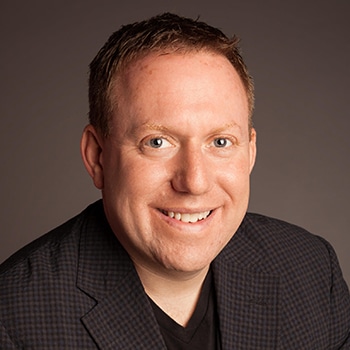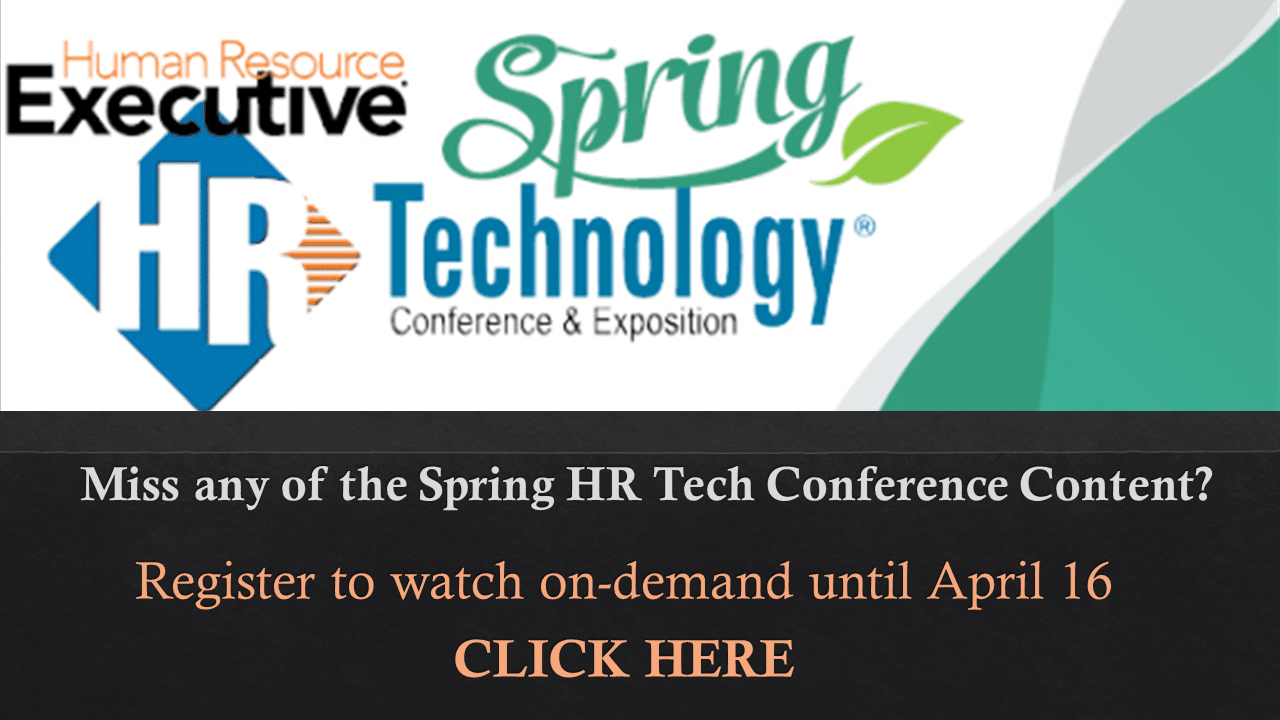Given the disruption that 2020 brought to workplaces everywhere, it’s time for a digital transformation based on real people and all of their facets. After all, employees show up for work every day with all aspects of their being, industry analyst Jason Averbook said Thursday afternoon during a keynote at the virtual Spring HR Technology Conference & Exposition.

Jason Averbook
In the presentation, titled A Whole Person Approach to Creating Digital Experience, Averbook laid out three goals for HR this year: understanding what he calls the “capital-E” employee experience (referring to the full experience of being an employee at your organization), defining and addressing the “whole person” and going full-speed-ahead into a digital transformation, no looking back.
Achieving these goals relies on a shift from early 2020, when the four components for digital success were mindset, people, process and technology. Now in 2021, with the COVID-19 pandemic slowing, the emphasis turns to purpose and the “whole person,” he said.
Related: Read more Spring HR Tech coverage here.
“What’s changed most drastically is what’s on top of this and that’s purpose, the focus on why: Why we do what we do. It’s the most important question for 2021,” Averbook said.
Purpose, as he described it, is the way that organizations will differentiate themselves competitively in the future, particularly for purpose-focused Gen Z employees. If you don’t know and understand your employers’ purpose, start there. That might mean going to the C-suite to find a purpose that hasn’t been defined elsewhere in the organization, or it might mean starting from scratch.
Related: How HR and HR tech fit into an organization’s purpose
Then, align HR’s purpose with the organization’s purpose in order to drive the business forward and harness innovation, Averbook said. It’s crucial right now because of the massive changes that have happened in the past year. Business, work, why business exists, workers, what we do, how we work, where we work—all of that has been upended. Accelerating “from Y2K to workforce 2020” in a few months has made life more uncertain and humanity more important, requiring HR to respond, Averbook said.
How? Start with a mindset and a vision based on the organization’s purpose. Then answer questions including: What does HR need to excel at versus what does HR simply need to perform? What are the things that differentiate the organization? Is everything you’re doing “in real-time and relevant?”
“In 2021, if it’s not real-time and it’s not relevant, it should not be done,” Averbook said. “Like, throw it away now. Don’t question, throw it away.”
Next, move to act “once and for all” to design for the whole person, not for HR or for payroll, but for the employees. That whole-person approach will be one of the most important things HR does as a function over the next five years, Averbook predicted. It must replace the approach of looking at people as numbers.
Here are the five key components of the whole-person approach:
- Physical: Where and how we work. This includes health and safety, work environment, how we’re showing up in the digital workforce, and it’s just one component of employee experience.
- Emotional: How employees feel about what they do, including matching rewards to the work and understanding what makes employees happy. For most organizations, HR processes and journeys probably don’t take this into account. “This is a whole new area that we need to be thinking about because post-COVID (this) is truly the area where people matter most,” he said.
- Social: How we create community in today’s world, especially for Gen Z. This is about trust, relationships and feeling safe.
- Spiritual: How workers align to the organization’s purpose and how work feeds them. “That will fill the spiritual tank, and we can design experiences to do that, ” Averbook said.
- Intellectual: What we need to know, how to keep learning, where we get our knowledge. That has to happen in the flow of working.
 Consider that everyone has a tank for each component and a gauge indicating how full they are. Design approaches should consider not just “moments that matter” but also which tanks they fill.
Consider that everyone has a tank for each component and a gauge indicating how full they are. Design approaches should consider not just “moments that matter” but also which tanks they fill.
“If we don’t focus on the whole person, they disconnect,” Averbook said. “They abandon, and when they abandon, we lose them.”
Click HERE to listen to Jason Averbook’s full keynote address.